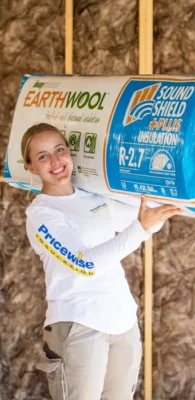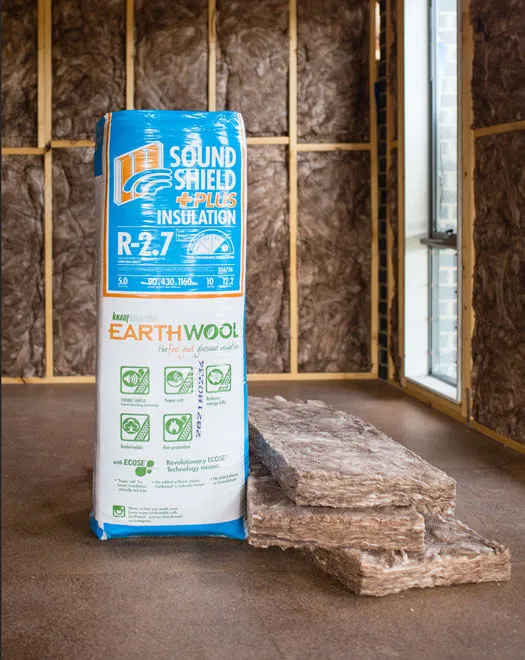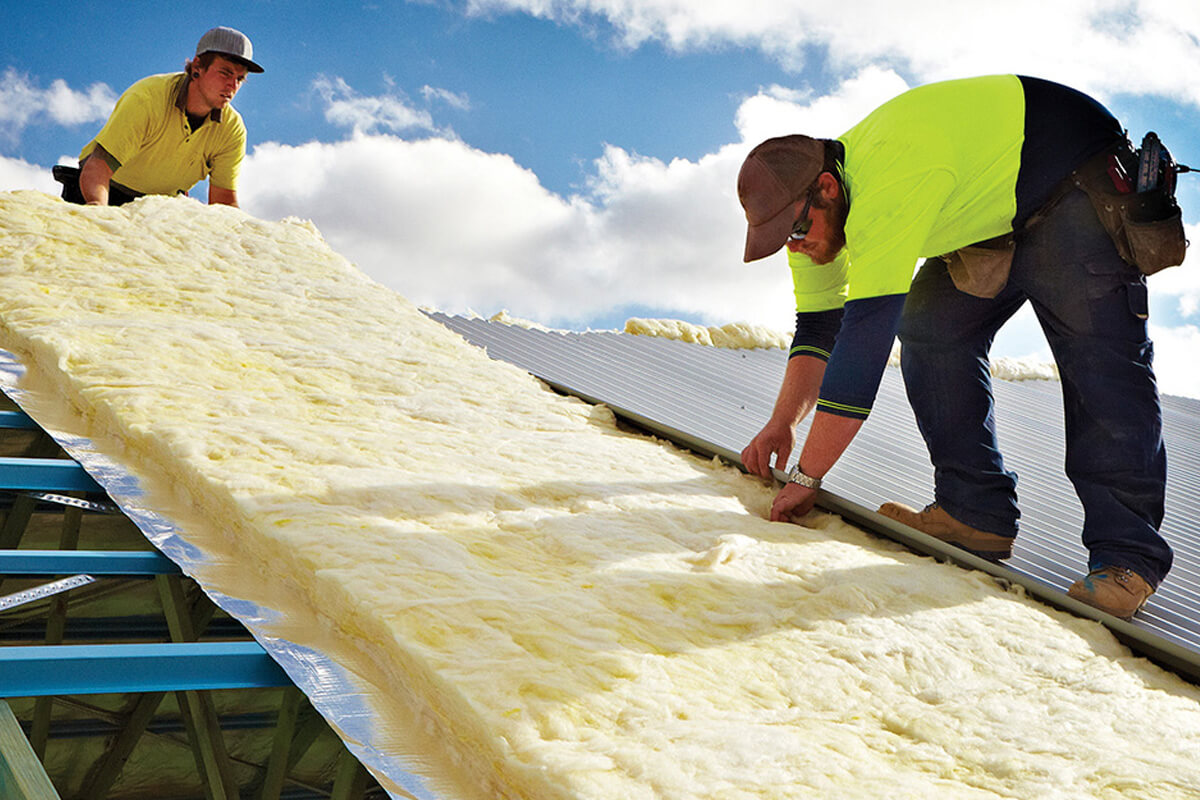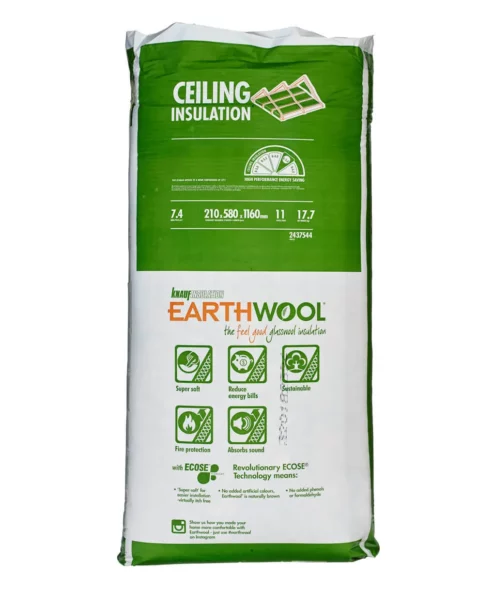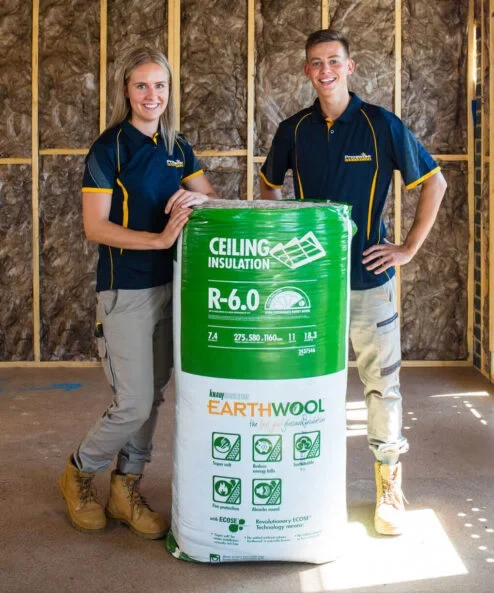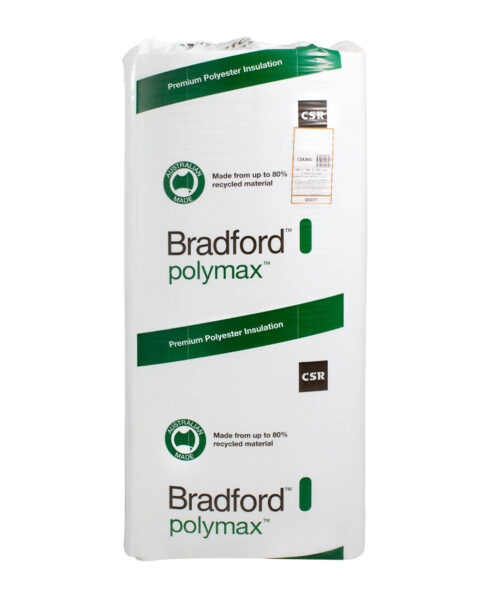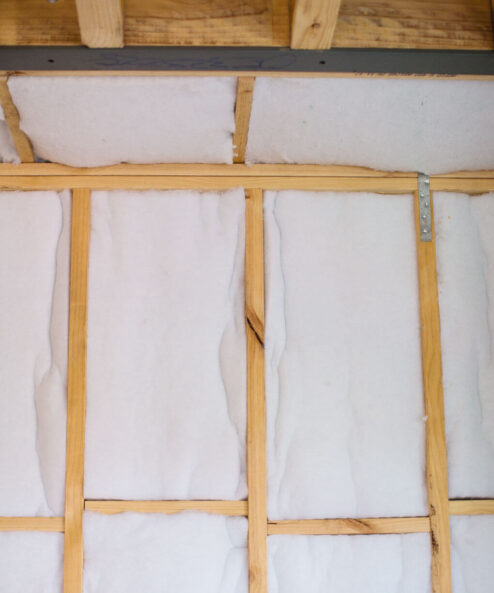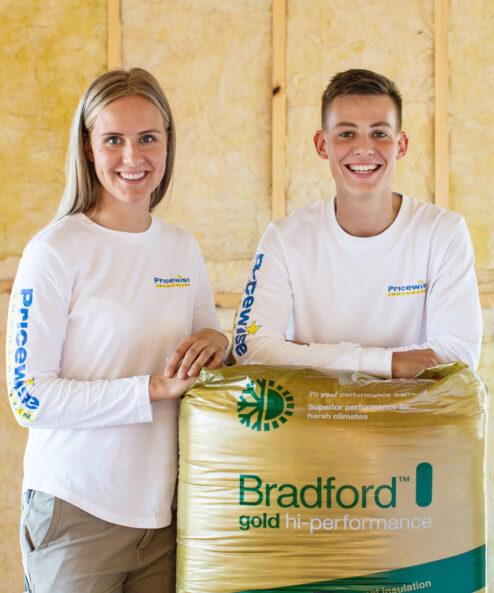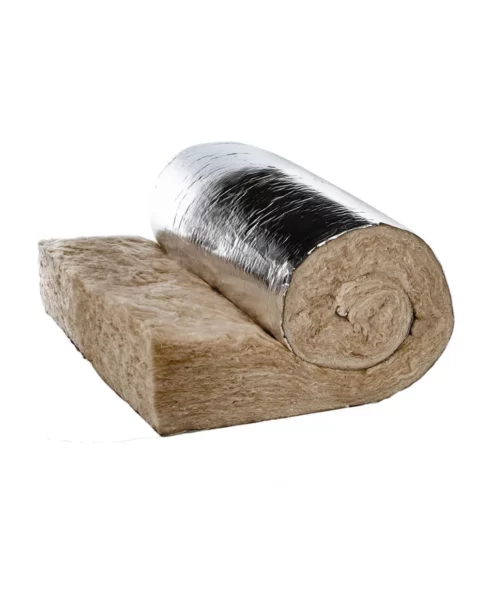Insulation Tips
What is Metal Roof Insulation and how to Install it with Pricewise Insulation?
Why is metal roof insulation so important?
Did you know that a third of your heat loss and gain is transferred via your roof? When it comes to insulating your home, the roof is a critical heat transfer zone. And when your roof is metal, you’re faced with the added challenge of dealing with a normally very thin material. Fitting your home with the right roof insulation can actually save your household up to or more than 45% on cooling and heating costs. With higher than average energy prices, saving on energy costs with better insulation is a no-brainer. If your home has a loft or if you’re planning an attic conversion, roof insulation can also be a critical temperature regulator for those upper floors while also working to reduce moisture.What insulation is best for metal roofing?
At Pricewise, we take pride in recommending and working with Australia’s top insulation brands and insulation materials. And when it comes to installing the best metal roof insulation, we are best placed to advise on what brands will work best on your project. We recommend insulating your roof with Kingspan Air-Cell Retroshield, or Kingspan Air-Cell Insuliner in combination with insulation batts for premium protection and thermal resistance in both summer and winter. When it comes to flat roofs, or ceiling applications consider Kingspan Air-Cell in combination with high density insulation batts or rigid foam insulation. If you have any queries about what insulation type or brand is best for your project, give our team a call at 1300 729 639.Building new? Combine foil-faced roofing blanket and roof batts
New builds are always a great way to ensure your insulation needs are met from the start. For anyone building from scratch, we recommend combining Knauf’s Earthwool Roofing Blanket Roll with Foil Facing and Ceiling Insulation Batts for metal roof insulation. Both products are ideal for a new roof and work together to ensure your metal roof is protected for the long term.Retrofitting or renovating? Consider topping up or doubling up on existing insulation
New builds aren’t the only way you can ensure your metal roof insulation is up to scratch. When retrofitting your roof, or renovating your home, topping up your insulation or doubling up a layer can help boost your insulation in your home. Sometimes all you need to do to patch up an existing area that’s damaged, aged or simply not installed well enough. Patching up these inconsistencies during a renovation or doubling up on a layer as a metal roof retrofit is the best way to ensure your roof is properly insulated.Reach your desired R-value and a 7-Star energy rating.
Your R-value is a measure of how resistant your insulation is to heat flow. The higher the number the more resistant it is, and the lower the value the less effective the insulation will be in achieving proper insulation for your home. By properly insulating your metal roof you can quickly reach the appropriate energy efficiency and achieve your R-value more easily. If you’re building a new home, it’s also important you keep an eye on your energy ratings. In Australia, there are new minimum standards in place when it comes to energy ratings in your home. For more on this read our blog on Australia’s Minimum Energy-efficiency Standards for new builds.How to install insulation under metal roofing
The process of installing insulation under metal roofing will largely depend on whether you’re building new and insulating from scratch or refitting an existing roof. Either way, here are a few tips on how to make the process go as smoothly as possible.1. Make sure you’ve got all roofing material on hand
- Enough insulation to get the job done properly
- Utility knife
- Long (non-conductive) stick
- Plank to kneel on
- Mask
- Safety glasses
- Battery operated light
2. Make safety a priority
- Before you climb into the roof, it’s essential the power is off for safety reasons.
- Make sure you have battery-powered lighting set up so you can see where you’re working.
3. Deliver your insulation to the roof
- Carefully load the insulation into the roof for installation
- Take care to separate out the batts leaving room to move around – beware that individual batts will expand a lot once removed from their packaging.
4. Install
- Start at the perimeters and install batts between rafters using the long stick
- Start working your way in leaving the area around the manhole last.
- Leave gaps around electrical fittings and air conditioning units.

